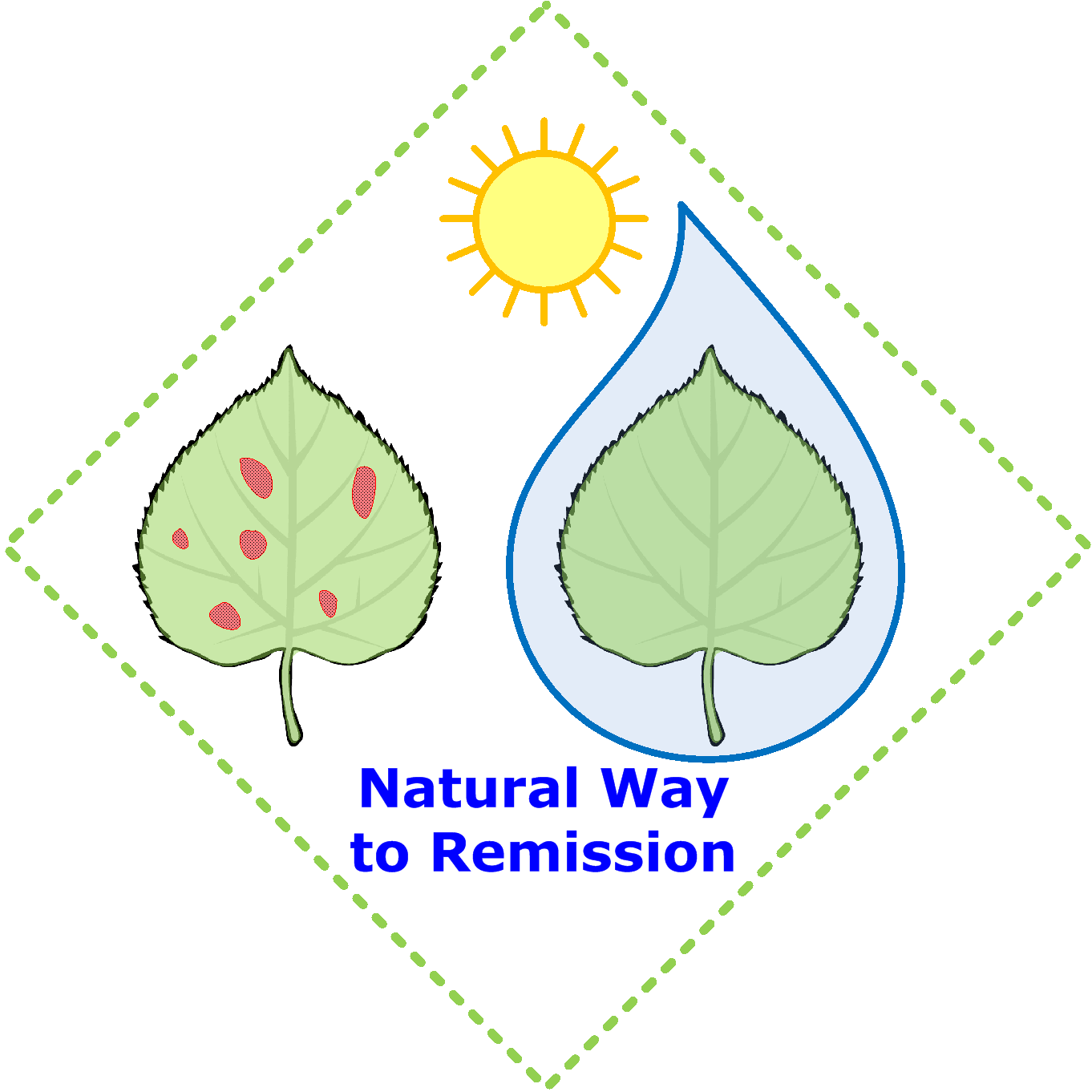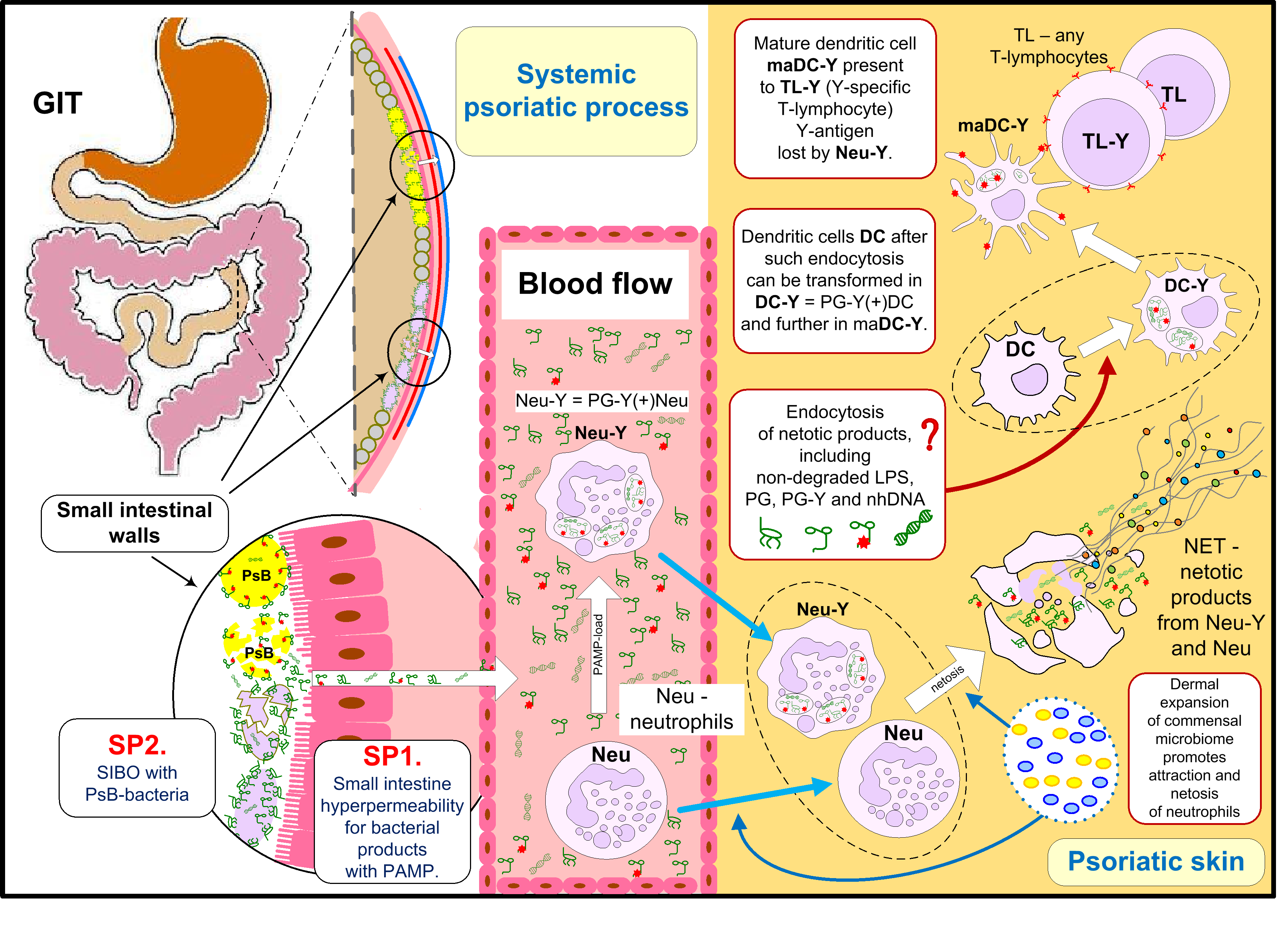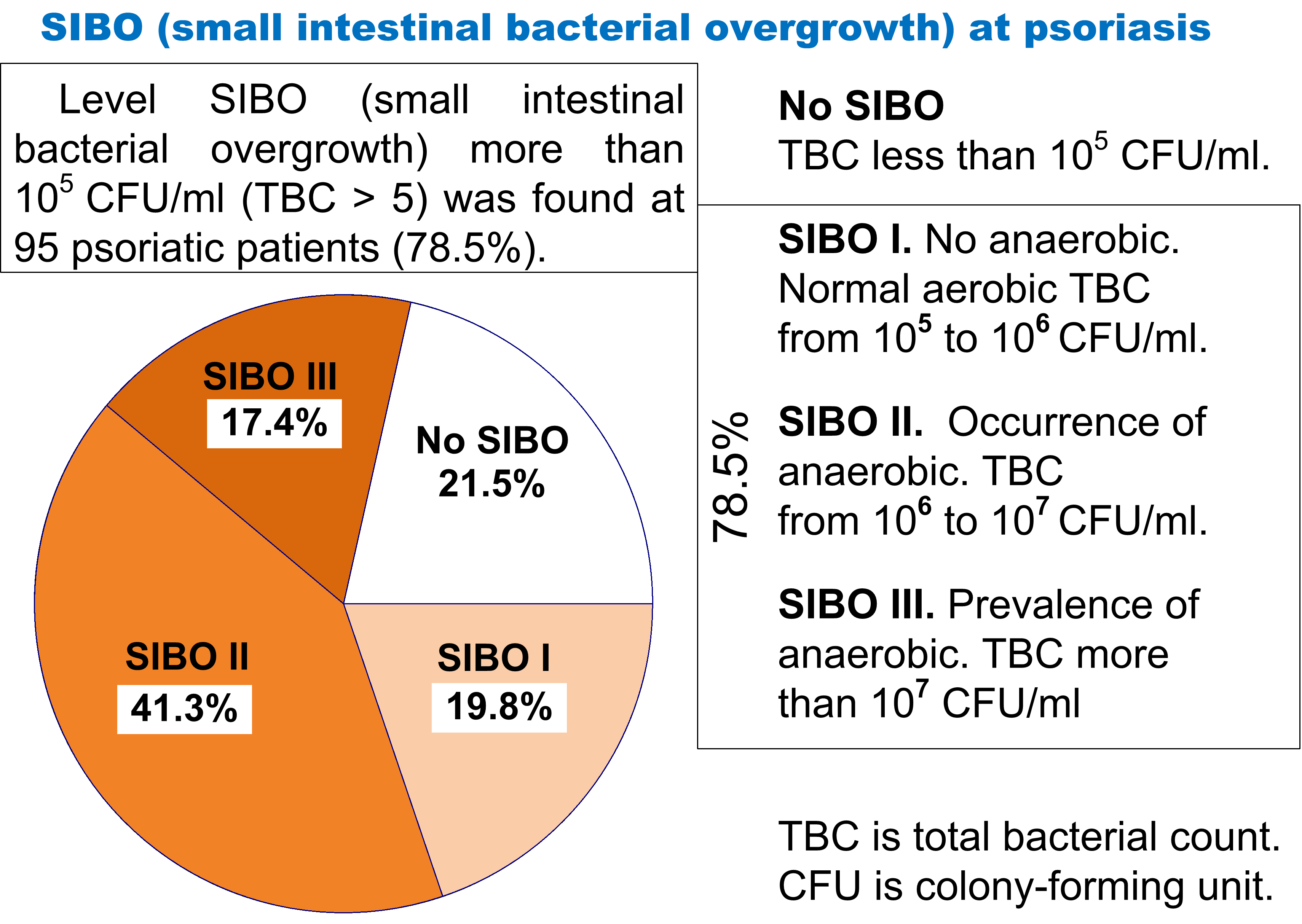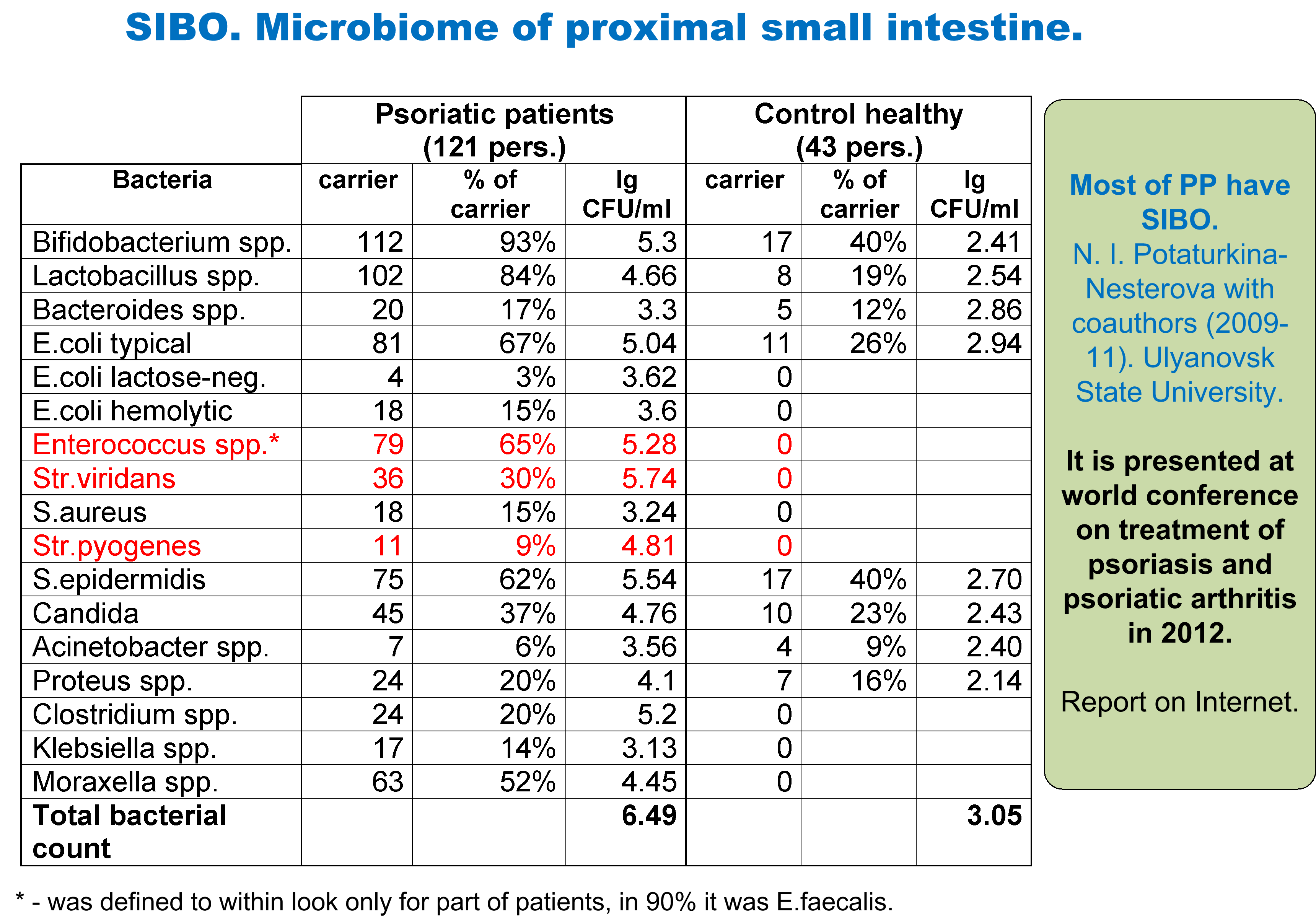
"Natural way to Remission"

 |
Project "Natural way to Remission" |
 |
|
My name is Mikhail Peslyak. I have had psoriasis since I was 8 years old.
By the age of 16, psoriasis lesions had already covered significant part of my body, and my PASI index reached 10-15.
After switching to vegetarianism, long-term remission began, and PASI index dropped to below 7.
I have been a vegetarian since I was 16, and a vegan since I was 42. At the age of 52, I added fish to my diet and became a pescovegan.
After switching to veganism, I have been doing regular fasting sessions, therefore PASI index steadily decreased to level below 3.
Its fluctuations are determined by seasons, stress, and diet deviations.
The role of diet and regular fasting to achieve psoriasis remission is undeniable. I do fasting (apple or multi-fruit) at least once a quarter (and sometimes even more often).
During this fasting, I always do several intestine lavage procedures (3 to 5).
Fasting days are scheduled to coincide with periods after holidays or returning from trips, during which diet deviations sometimes occur.
My regime (diet and fasting) has positive effect on my physical condition. I am 70 years old and for over 40 years I have been regularly (2 times week) doing sports in fresh air.
I run up to 10 km or ride bike up to 30 km or go to mountains with ascent of up to 1000 meters.
You are welcome to subscribe to my account in Strava app.
I practically do not use any external treatments. I sometimes use moisturizing gel for scalp, and a moisturizing cream for few rashes on feet and knees.
I am the initiator of publication of John Pagano’s book “Healing Psoriasis – The Natural Alternative” in Russian and translator of this book (Pagano 2008, first edition was published in 1991).
More than 20 years ago, I moved from scientific research and publications in the field of applied mathematics to studying theory of psoriasis pathogenesis. By now, I have published 10 scientific works (including 6 monographs in Russian and English) on this topic (![]() ORCID).
ORCID).
Some of these works are co-authored with professor Nikolay Korotky (![]() ORCID, Pirogov University)
ORCID, Pirogov University)
Here are the most significant ones (Peslyak 2012a, Peslyak 2012b, Korotky & Peslyak 2020, Peslyak & Korotky 2019, Peslyak & Korotky 2020). Most of works published in Russian also published in English.
I am the author of this website: "Psoriasis as Intestine Disease "
Between 2013 and 2021, I served as health coach for psoriatic patients seeking to find their way to remission. Many of them have successfully found their way and achieved long-term, sustainable remission of their psoriasis.
In 2022, I left Pirogov University and moved with my family to Slovenia (a country in Central Europe), where I currently live.

A few words about the model of psoriasis pathogenesis. According to this model, psoriasis is a consequence of increased kPAMP levels (specific bacterial products) in blood flow.
Two main factors for the increased kPAMP levels in blood flow:
SP1. Small intestinal hyperpermeability for bacterial products with PAMP.
SP2. SIBO with PsB-bacteria.
SP1 determines the amount of bacterial products that can penetrate into blood through small intestinal wall (conventionally, every minute through every cm2).
SP2 determines the quantity and range of bacterial products constantly formed in parietal biofilm of small intestine (conventionally, every minute on every cm2).
Composition of small intestinal parietal microbiome determines the range of bacterial products formed.
Among bacteria that can inhabit the small intestine, there are PsB, which are assumed to be psoriagenic. Their peptidoglycan is similar to that of a well-known pathogen - pyogenic streptococcus.
It is assumed that antigen causing inadequate response of skin immune system originates from fragments of peptidoglycan forming cell wall of psoriagenic bacteria.
And when this antigen gets into skin, it is taken up by blood neutrophils, which, firstly, endocytose bacterial products in blood, secondly, are attracted to inflamed skin, and thirdly, may undergo NETosis (self-destruction) in inflamed skin.
Action of one from two factors SP1 and SP2 is sufficient for chronically elevated level of kPAMP in blood (and, consequently, psoriasis maintenance).
A long-term and stable remission of psoriasis is possible only with normalization of kPAMP concentration in blood.
And such normalization is only possible when both small intestine permeability for bacterial products and SIBO level are within normal limits.

An excess concentration of parietal small intestine microbiome above norm is called SIBO (small intestinal bacterial overgrowth syndrome).
The first studies of small intestinal microbiome in psoriatic patients were conducted back in 2009-11. A classic SIBO test was performed on 121 psoriatic patients and a control group of 43 healthy persons.
SIBO was detected in 78% of patients. Average total microbial count was 3x10e6, which is significantly higher than in the control group – 1,1x10e3. Correlation was found between SIBO level and the type, severity and duration of psoriasis.

Pathogenic and presumable psoriagenic bacteria were detected in the majority of patients.
In 65% of patients, bacteria of genus enterococci (mainly faecal enterococci) were found - on average 2x10e5, in 9% - pyogenic streptococci, in 30% - viridans streptococci.
In the control group, these types of bacteria were not detected (Peslyak 2012c, Gumayunova 2009a, Gumayunova 2016, Nesterov 2009). In the following years, such studies were performed on many psoriatic patients.
SIBO with pathogenic and/or presumable psoriagenic bacteria was almost always found.
Pathogen-associated molecular patterns (in particular kPAMP) |
|
PsB |
Psoriagenic bacteria - species of bacteria presumed psoriagenic (with PG-Y peptidoglycan) |
kPAMP |
LPS, PG and bacDNA |
Lipopolysaccharide |
|
Peptidoglycan |
|
bacDNA |
Bacterial DNA |
Small intestine bacterial overgrowth |
|
|
Detailed in (Peslyak & Korotky 2020). |
Korotky N, Peslyak M. (2020). Blood metagenome in health and psoriasis. Front. Med. 7:333 doi:10.3389/fmed.2020.00333 |
| Gumayunova NG. Syndrome of small intestine bacterial overgrowth at psoriatic disease against blastocystic invasion. Dissertation, 2009, 169 p, (rus), elib. |
| Gumayunova NG, Nesterov AS, Potaturkina-Nesterova NI. Small intestine bacterial overgrowth syndrome and psoriatic disease. Monograph, 2016, 156 p. ISBN 9785888665923 (rus). elib. |
| Nesterov AS. Features of pathogenesis and therapy of chronic dermatoses at blastocystic invasion. Dissertation, 2009, 298 p. (rus). elib. |
| Pagano J. Healing psoriasis: The natural alternative., 2008, 352 p, ISBN: 9780470267264 |
| Peslyak MY. Model of pathogenesis of psoriasis. Part 1. Systemic psoriatic process, MYPE, 2012, 84 p., ISBN 9785905504020, link. |
| Peslyak MY. Model of pathogenesis of psoriasis. Part 2. Local processes. MYPE, 2012, 110 p., ISBN 9785905504044. link |
| Peslyak MY, Gumayunova NG, Nesterov AS, Potaturkina-Nesterova NI. (2012). Small intestine microflora at psoriasis. Its possible role in pathogenesis, Conference 2012: "Psoriasis - a global health challenge", Dermatol Ther 2,10, S12. doi: 10.1007/s13555-012-0010-x |
| Peslyak MY, Korotky NG. "Metagenomes of blood and psoriatic skin. Research project.", e2.2 ed., Antipsoriatic Association "The Natural Alternative", 2019, 67 p., ISBN 9785905504068, DOI: 10.5281/zenodo.2667680. |
| Peslyak MY, Korotky NG. "Psoriasis as netopathy. Model of pathogenesis with unique netosis role.", Antipsoriatic Association "The Natural Alternative", 2020, 73 p., ISBN 9785905504082, DOI: 10.5281/zenodo.4310085. |